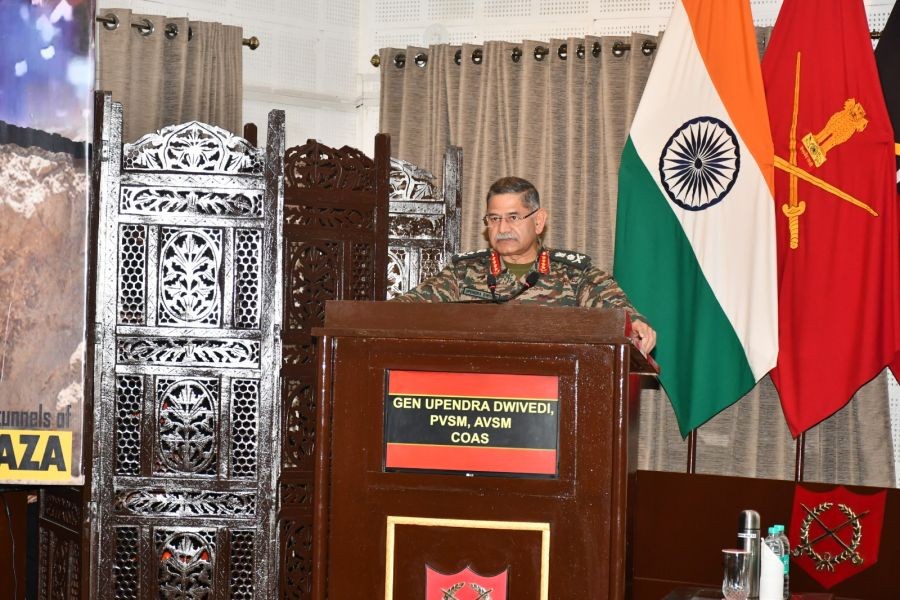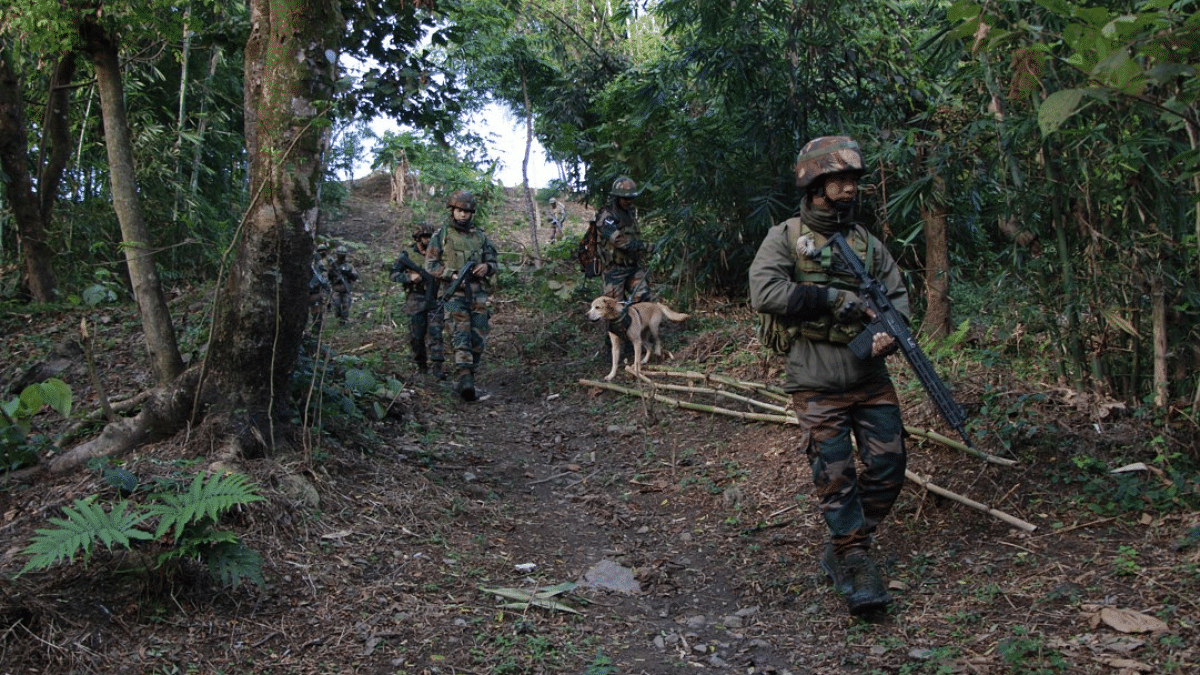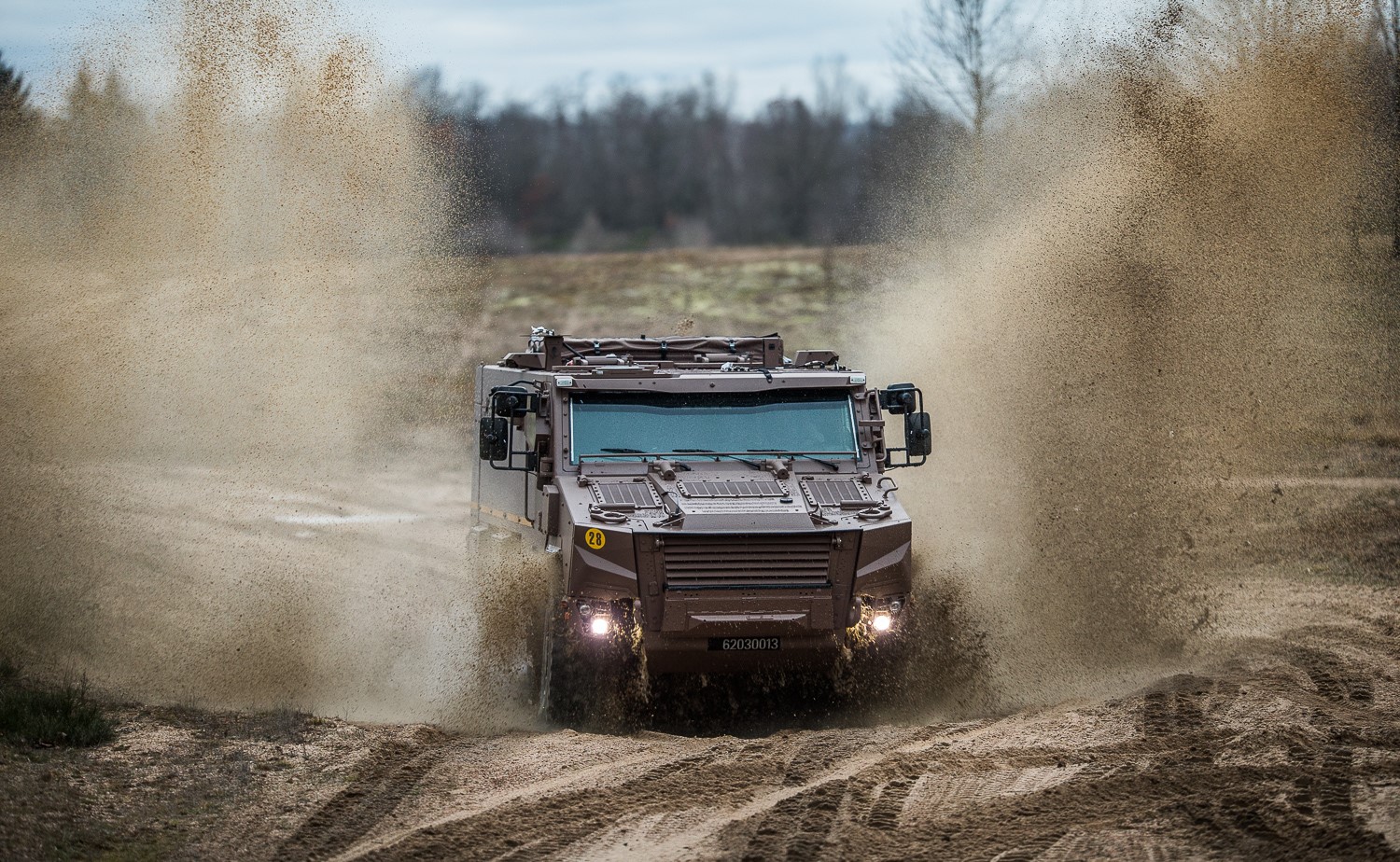Puri Beach Prepares for Spectacular Navy Day Celebrations on December 4
Puri is set to host an extraordinary Navy Day celebration on December 4, as the Indian Navy showcases its military…
Army Chief Emphasizes Need for Adaptive Doctrines in Modern Warfare at 26th Doctrine and Strategy Seminar
In a significant address at the 26th Doctrine and Strategy Seminar (DSS) held in Mhow, General Upendra Dwivedi, the Chief…
Indian Armed Forces Move to Scrap Uber Contracts Amid Security Concerns
The Indian armed forces, including the Indian Air Force (IAF), Navy, and Coast Guard, are moving to terminate their individual…
Indian Army and Manipur Police Intensify Search for Missing Construction Worker from Military Station
Guwahati: The search for a missing worker from the Leimakhong military station in Manipur has escalated, with both the Indian…
Indian Air Force Joins Tactical Leadership Programme in Egypt with Jordan and Greece
An Indian Air Force (IAF) contingent of Sukhoi-30 MKIs and personnel has arrived in Egypt to participate in the second…
Luxembourg Parliament Approves €2.6 Billion Armored Vehicle Procurement for Binational Battalion with Belgium
In a significant move for its military capabilities, the Luxembourg Parliament has approved a substantial procurement of armored vehicles amounting…






